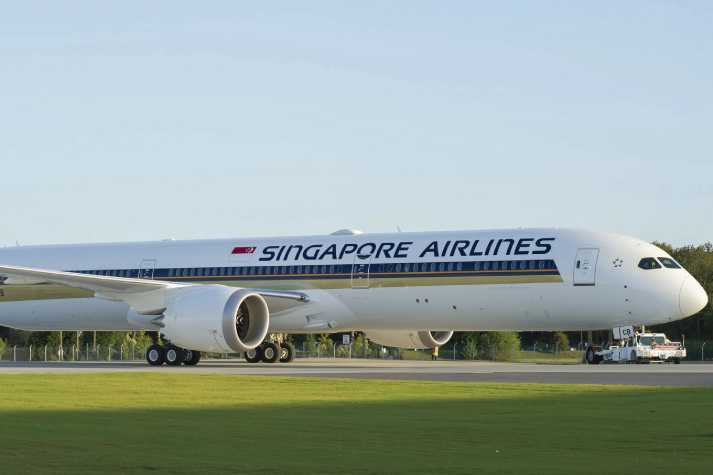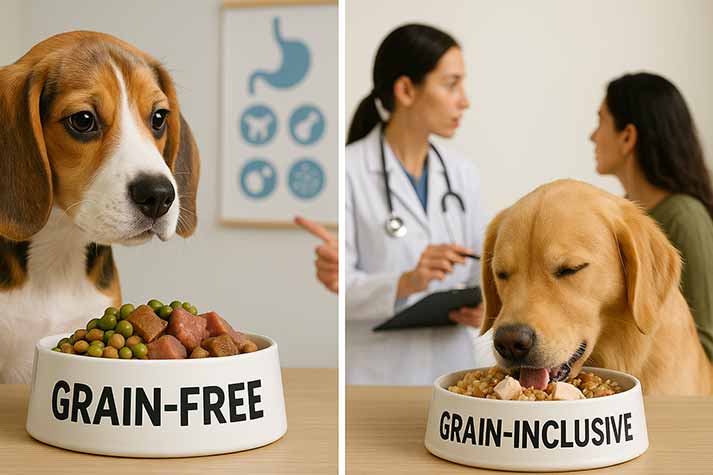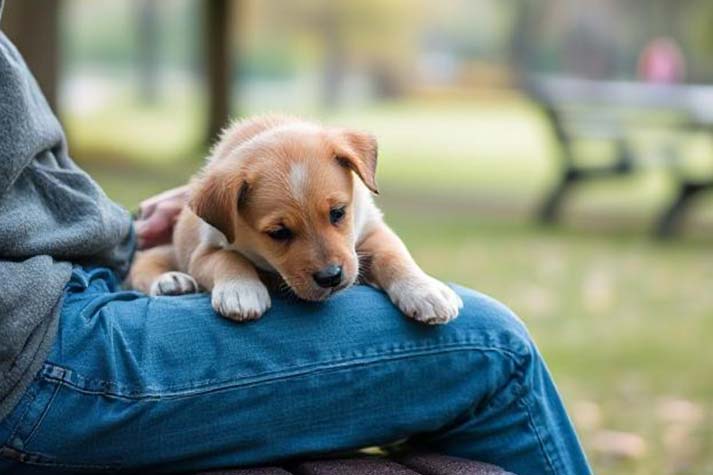
04 Aug
Singapore Airlines Pet Policy
Singapore Airlines welcomes pets to travel on their flights and permits pets to travel as either checked in baggage or in the cargo hold. To ensure a smooth journey, passengers are advised to prepare the documentation required for them and their furry friends. Pets are welcome to travel with you on the same flight provided the pet is at least 3 months or older. Dogs and cats are welcome, but you must check for other rules and restrictions which may be imposed in your country of departure or arrival. Due to operational, health, and safety rules, if the combined weight of your pet and its container exceeds 32kg, you must plan for your pet to travel via cargo instead. To arrange for your pet’s travel in a pressurized and air-conditioned cargo hold, you can contact your local Singapore Airlines Cargo Office prior to your journey. Contact your local Singapore Airlines Office at least two weeks before your planned date of departure. You will also have to check the rules, restrictions, and regulations of the countries of departure and arrival. Remember to carry all these documents when you arrive at the airport for your check-in. Pets can get anxious in unfamiliar surroundings, but there are steps that can be taken to help them relax. We recommend you follow these steps to prepare for your travel ahead of time. The following animal breeds (including crossbreeds) are not acceptable for carriage on SQ flights, whether as cargo or as checked baggage. The IATA guidelines specify that your pet should be able stand, turn, and lie down in their crate comfortably. You can measure your pet for yourself, to gain an idea of the dimensions required before ordering the crate. These dimensions should help you choose an appropriate crate. Add an extra four inches of headroom to ensure your pet has the required space. If you are travelling with more than one pet, you will require separate crates for them. Puppies or kittens from the same litter may occupy the same container if they’re three to six months of age and weigh less than 14kg each. Pre-Travel Notes:
Pet Travel as Checked in Baggage
Pet Travel in the Cargo Hold
Preparing Your Pet for Travel
You will need to provide the following information about your pet:
You’ll need the following documents if your pet is travelling to or transiting in Singapore:
You’ll need the following documentation about your pet if travelling overseas from Singapore:
Breed-Specific Restrictions
Dog breeds
Cat breeds
Choosing the Correct Pet Crate
Here is how you can measure your pet:






AUTHOR’S BIO
Carry My Pet
Passionate pet enthusiasts and globetrotters, dedicated to easing furry friends' journeys worldwide. Penning tales of compassion at CarryMyPet, where every relocation is a tail-wagging adventure.